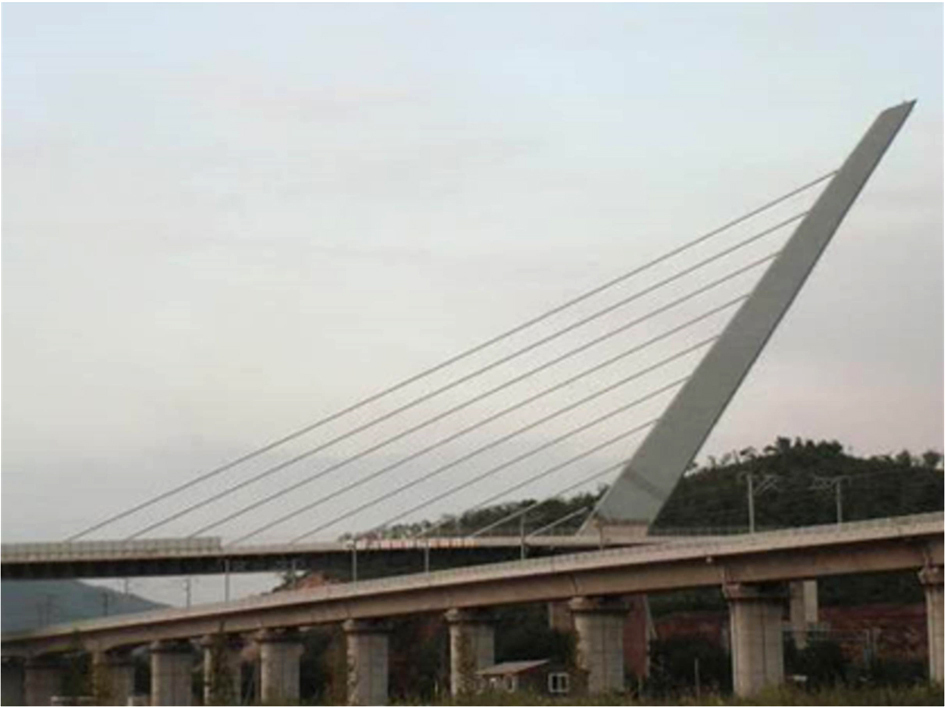Parameter analysis of a cable-stayed bridge without backstays
Submission date: 2023-12-28
Final revision date: 2024-03-19
Acceptance date: 2024-03-26
Publication date: 2025-06-16
Corresponding author
Xilong Zheng
School of Intelligent and Architectural Engineering, Harbin University, No.109 Zhongxing Dadao, Harbin, China
School of Intelligent and Architectural Engineering, Harbin University, No.109 Zhongxing Dadao, Harbin, China
Archives of Civil Engineering 2025;71(2):623-640
KEYWORDS
TOPICS
ABSTRACT
A cable-stayed bridge without backstays is an important branch of the cable-stayed bridge family. It tilts the bridge tower to one side and removes the backstay cable, relying on its own weight to balance the tension in the slanted cables. It has the characteristics of novel structure and beautiful appearance and is highly favored in the construction of urban areas both domestically and internationally. This paper, based on the main bridge construction project of the Jinzhou Bridge, uses finite element analysis software to establish a spatial model and simulate the construction process, focusing on parameter analysis and the effect of bridge tower tilt angle. The paper analyzes the impact of changes in parameters such as structural stiffness and tension on the structure in the completed bridge state, and concludes that the sensitivity parameters affecting the deformation and internal force of the bridge are tension, temperature, and shrinkage creep, while the insensitivity parameter is structural stiffness. The force state of the cable-stayed bridge without backstays is closely related to the tilt angle of the tower. By changing the tower's tilt angle, the paper studies the changes in the structural forces and the impact of the tower tilt angle on the structural performance and bridge cost.
We process personal data collected when visiting the website. The function of obtaining information about users and their behavior is carried out by voluntarily entered information in forms and saving cookies in end devices. Data, including cookies, are used to provide services, improve the user experience and to analyze the traffic in accordance with the Privacy policy. Data are also collected and processed by Google Analytics tool (more).
You can change cookies settings in your browser. Restricted use of cookies in the browser configuration may affect some functionalities of the website.
You can change cookies settings in your browser. Restricted use of cookies in the browser configuration may affect some functionalities of the website.




